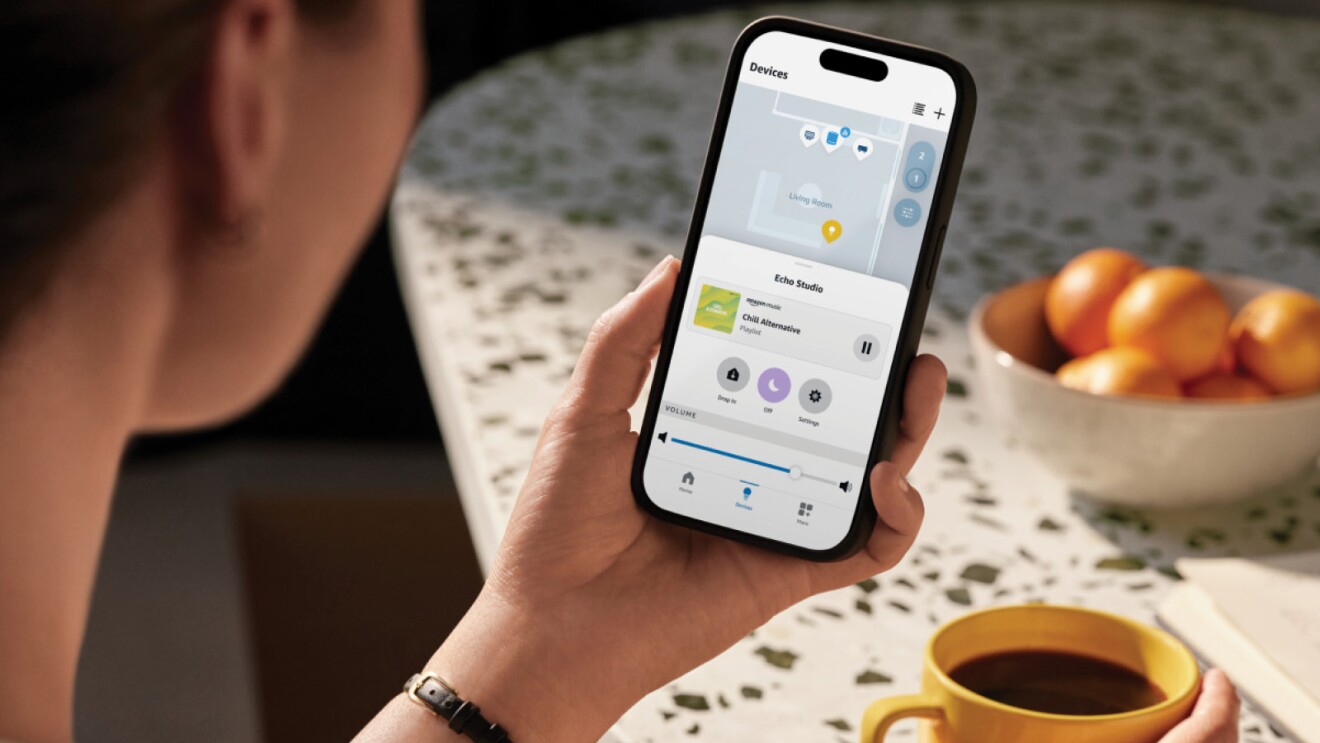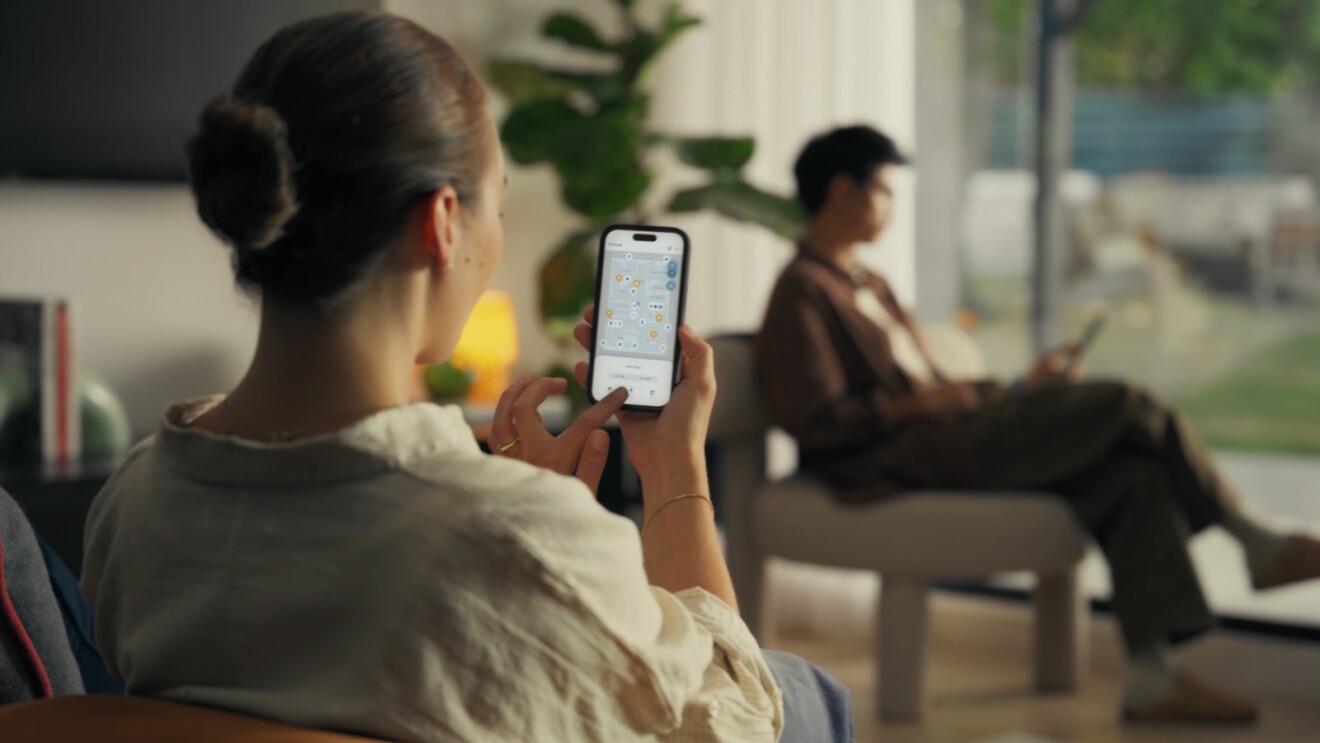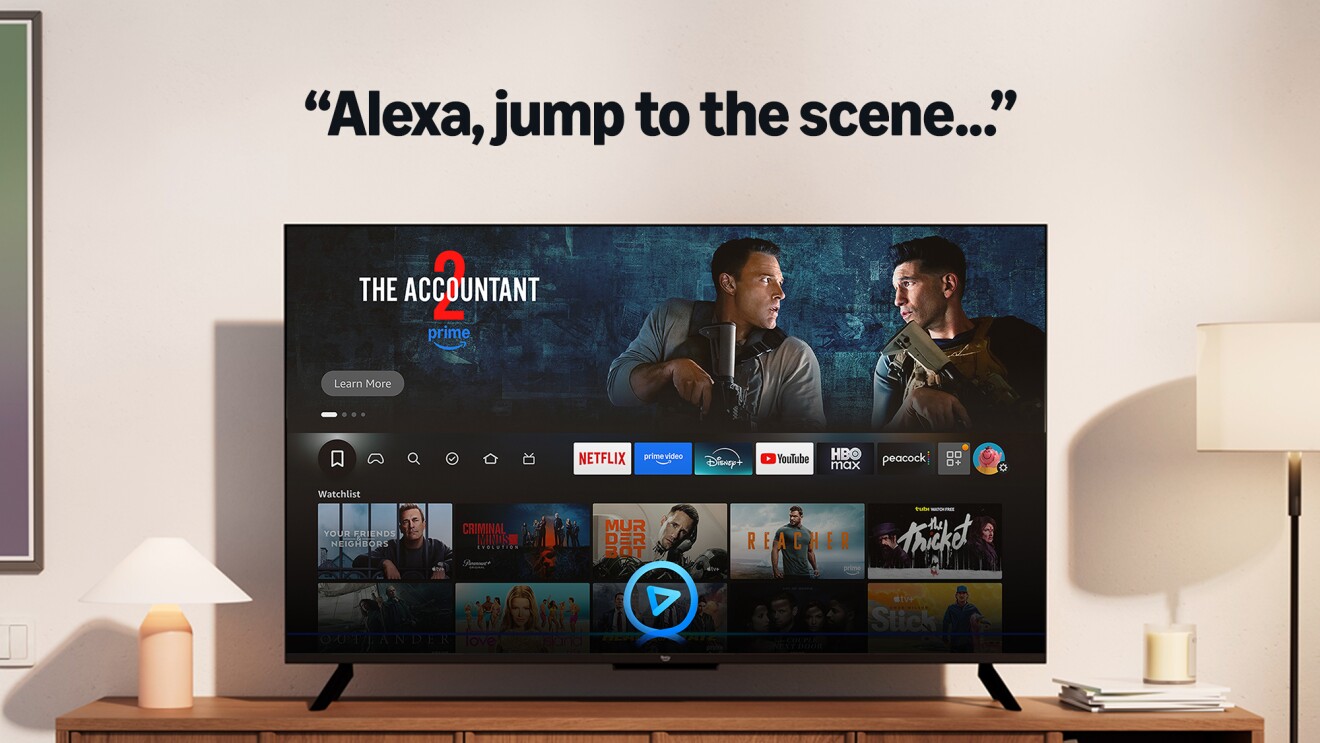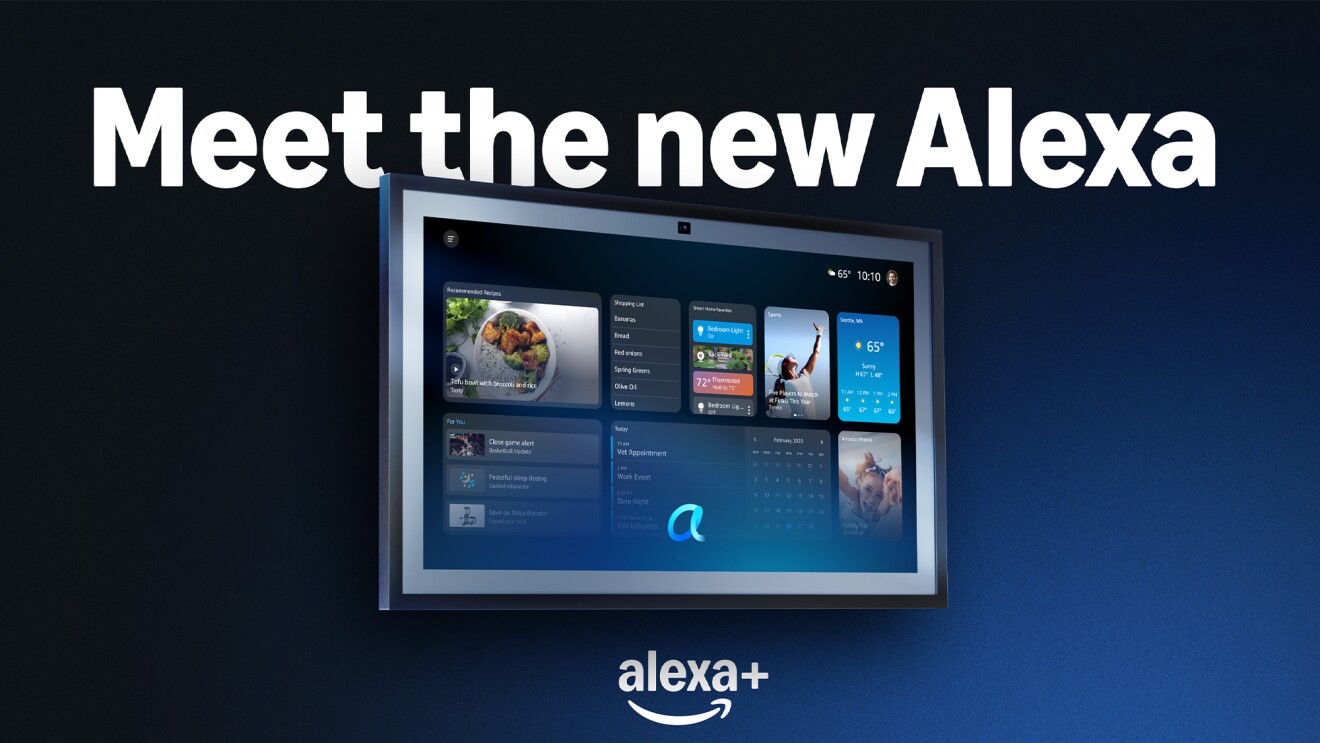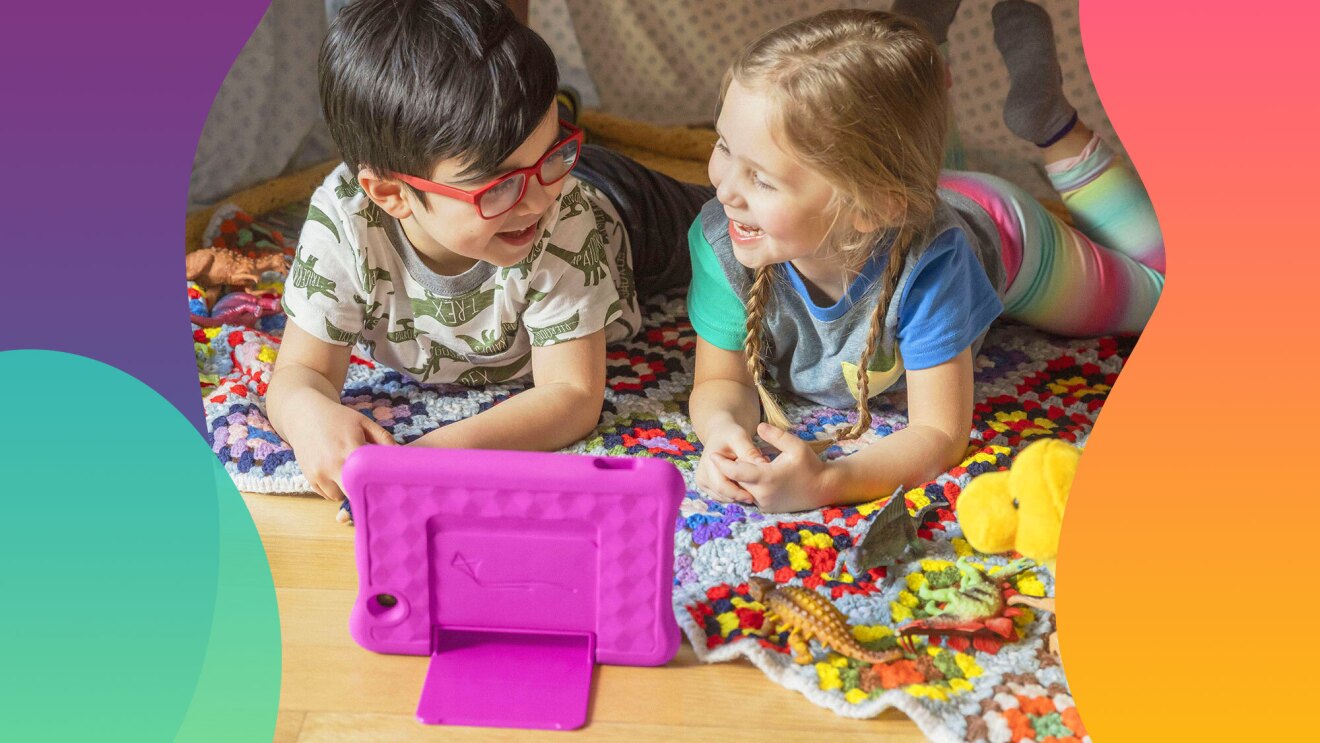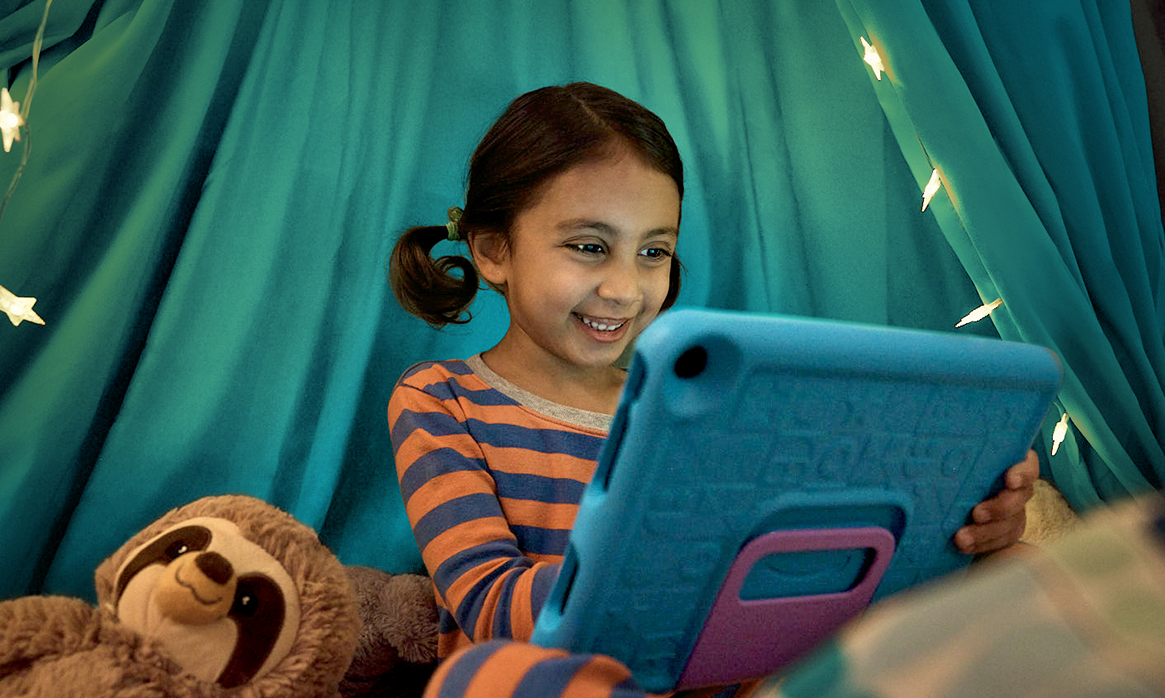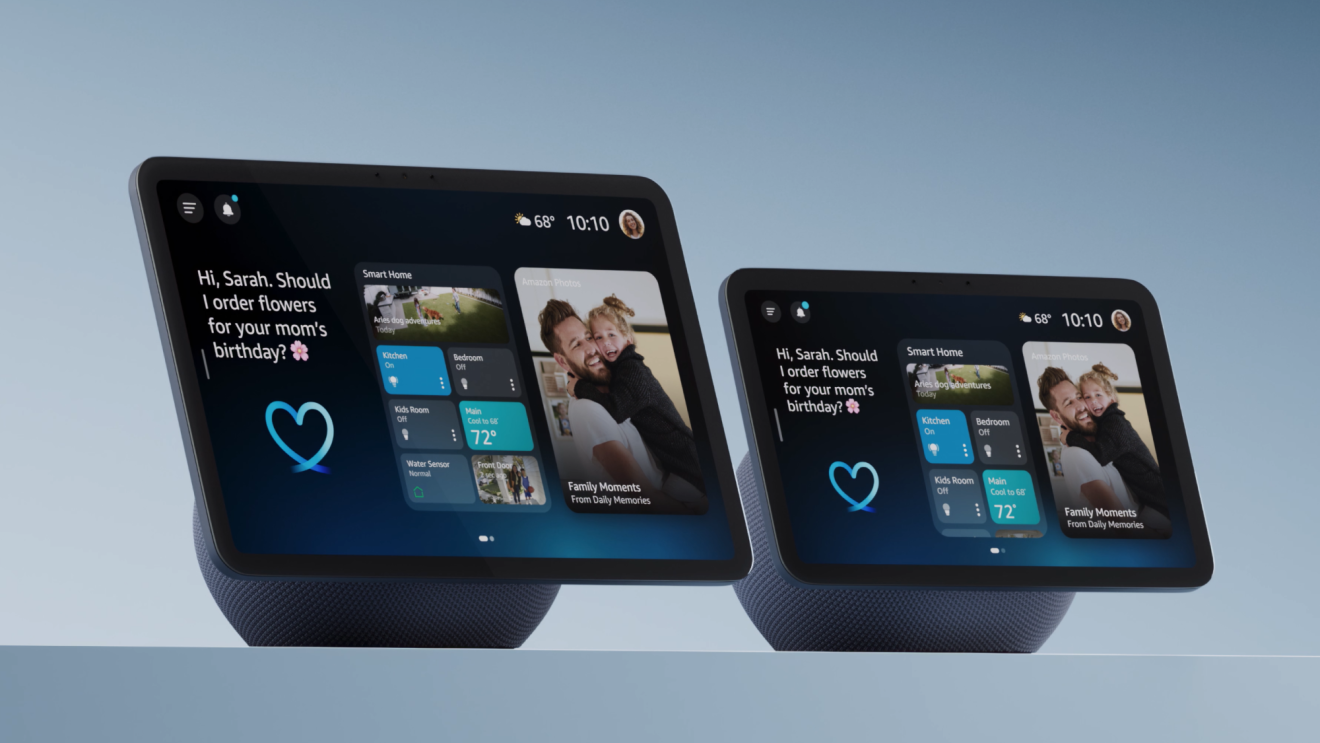Our homes today are significantly smarter than they were a decade ago—thanks in no small part to Alexa. Customers have connected more than 400 million smart home devices to Alexa, and use Alexa hundreds of millions of times each week to control those devices. We’re excited with how far we’ve come, but we also think this is just the beginning—there’s so much we can do to make the smart home even better. We’re pairing nearly a decade of invention and customer feedback with the latest advancements in generative AI to create homes that are more intuitive, intelligent, and useful than ever before. Here’s a look at the new experiences we will deliver to customers.
A home that is intuitive and conversational
While talking to Alexa changed how you can control your smart home, you still have to remember specific phrases and device names, make multiple requests, or sometimes repeat yourself. We knew we could make the experience even more intuitive and conversational. With our latest large language model (LLM), we have.
The home is one of the most complex and dynamic environments to build for—the new Alexa LLM is capable of managing a nearly endless amount of variation, and it can understand how your specific home is set up to trigger the right APIs and actions. Understanding these nuances is critical for making Alexa more intuitive. If I just told you I was cold, you’d know exactly what to do—turn up the heat—and Alexa can now process that same level of ambiguity. Just say “Alexa, I’m cold,” and Alexa will turn up the temperature. Or, “Alexa, it’s too bright in here,” and Alexa will dim the lights. Alexa will also be better at understanding context. So, when you add more devices to your home, you’ll be able to just say, “Alexa, turn on the new light in the living room,” and Alexa will infer what you mean and act accordingly.
Our new LLM will also make Alexa more conversational with a new level of smart home intelligence. Combine multiple requests into one by saying, “Alexa, close all the blinds, turn off all the lights, and start the vacuum.” Or setup an Alexa Routine entirely by voice—without any manual programming in the Alexa app. You can do this by saying things like “Alexa, every morning at 8 a.m., turn off my sound machine, open the blinds, turn on my bedroom lights, and make me some coffee.” Like magic, every day at 8 a.m., all those things will happen automatically. Then, you could say, “Alexa, every night at sunset, make an announcement that it’s bed time for the kids, dim the lights upstairs, turn on the porch light, and switch on the fan in the bedroom.”
We are excited for you to try these new experiences. It may not always be perfect—Alexa will make mistakes—but, like it always has, the experience will continue to get better over time and your feedback will be invaluable. You can request an invitation to try these new smart home controls as part of a free preview, which will be available to Alexa customers in the U.S. Invitations will be granted in the coming months.
A home that is uniquely yours
Homes will never be homogeneous. Your lightbulbs are one brand, your thermostat likely another, and your lock yet another. We embrace interoperability, are a long-time supporter of open standards, and are a founding member of Matter. We have already added Matter support to over 100 million Echo and eero devices.
We also make our tools and APIs publicly available, and continue to invent new ways for device makers to build with Alexa. We announced two new LLM-powered solutions that will make building for Alexa even easier. Device makers can use Dynamic Controller to tell Alexa the unique things their device can do. So, when you say, “Alexa, make it look spooky in here,” Alexa will infer that it should set a temporary lighting scene for you. We also added Action Controller, which lets device makers define the simple actions their devices support so you can be more conversational when you ask for something. For example, customers can say “Alexa, the floor is dirty” and Alexa will infer the action is to vacuum. We are working with GE Cync, Philips, GE Appliances, iRobot, Roborock, and Xiaomi already, and device makers can learn more about these announcements and stay up to date on our developer blog.
A home that is proactive
We want to build technology that works on your behalf. Today, that’s already coming true—40% of smart home actions are now initiated by Alexa, without customers saying anything. Asking Alexa to control the lights is one of the most common smart home requests, but imagine if you didn’t have to ask? Soon, with a compatible Echo or motion and ambient light sensor, Alexa will be able to detect the brightness level and activity in a room, and intelligently decide to turn the lights on or off. You no longer need to walk into a dark room and search for a light switch, or even ask Alexa to do it for you.
We’re also adding more Routines to help automate your day: Featured Routines for Ring will bring pre-populated lists of Routines to the Ring app, which you can turn on based on your preferences, and the Ring devices in your home. This includes actions like turning off your lights when you set your Ring Alarm to Away Mode, turning on your porch lights when someone rings the doorbell at night, or having Alexa announce which door opened. We’re also adding new Morning Routines that will make waking up more fun for your family—you can now add new character alarms, daily affirmations, stories, and more to your kids’ wake-up time Routine.
A home that is easy to control
Millions of customers have more than 20 devices connected to Alexa, and we want to make it as easy as possible to control those devices. One way the industry has tried to solve smart home control is with custom touchscreen panels—but they’re expensive, become outdated, and typically require professional installers. To fix that, we invented Echo Hub, our first Alexa-enabled smart home control panel that makes connecting and managing smart devices easier and more intuitive.

There’s so much we can say about Echo Hub, but I’ll hit the highlights. You can put it almost anywhere—mount it on the wall or place it on the counter with a stand accessory. You can talk to Alexa or tap its 8-inch, customizable touchscreen to group, manage, and view your smart home devices. You can also start a Routine, arm your Ring security system, and view multiple camera snapshots or live views at once. When it’s not in use, it becomes an ambient display with family photos or information like the weather and time. As the name suggests, it’s also a smart home hub. Echo Hub supports major smart home protocols, including Zigbee, Matter, Thread, Bluetooth Low Energy (BLE), and Amazon Sidewalk; and you can connect to the internet via Wi-Fi or Ethernet with a compatible Power-over-Ethernet (PoE) converter. And, it’s just $179.99.
A home that works harder for you
We’re also introducing a new feature in the Alexa app that I’m especially excited about called Map View. As customers add more devices to Alexa, managing devices through long lists can get frustrating. You have to remember what group the device is in or its specific name. We thought we could make this easier, and took inspiration from a paradigm many customers use daily: a map.
01 / 02
With Map View, you build a digital representation of your home’s floor plan and pin connected devices to each room. You choose which rooms are added to your map, select which devices show up, and can unpin individual devices at any time. Through the map you can turn off all the lights downstairs with a single tap, adjust the temperature, view live feeds from your cameras, and check that you locked the front door—all in one place. You can also access specific device controls. For example, when you tap the office light on the map you can adjust its brightness, or turn up the volume on the Echo device playing music in the living room. We believe using a map of your home to put devices in context will help you make the most of your technology, and this is just the start. Map View will continue to get better, and make your home even smarter over time. It will be available in the U.S. later this year through the Alexa app on compatible LiDAR-equipped iOS devices, and come to Echo Hub early next year. You can visit amazon.com/mapview to learn more.
The smart home has come a long way. We are incredibly excited by how generative AI, devices like Echo Hub, and experiences like Map View can make the home even smarter and more convenient.
We can’t wait to hear what you think.
Trending news and stories



